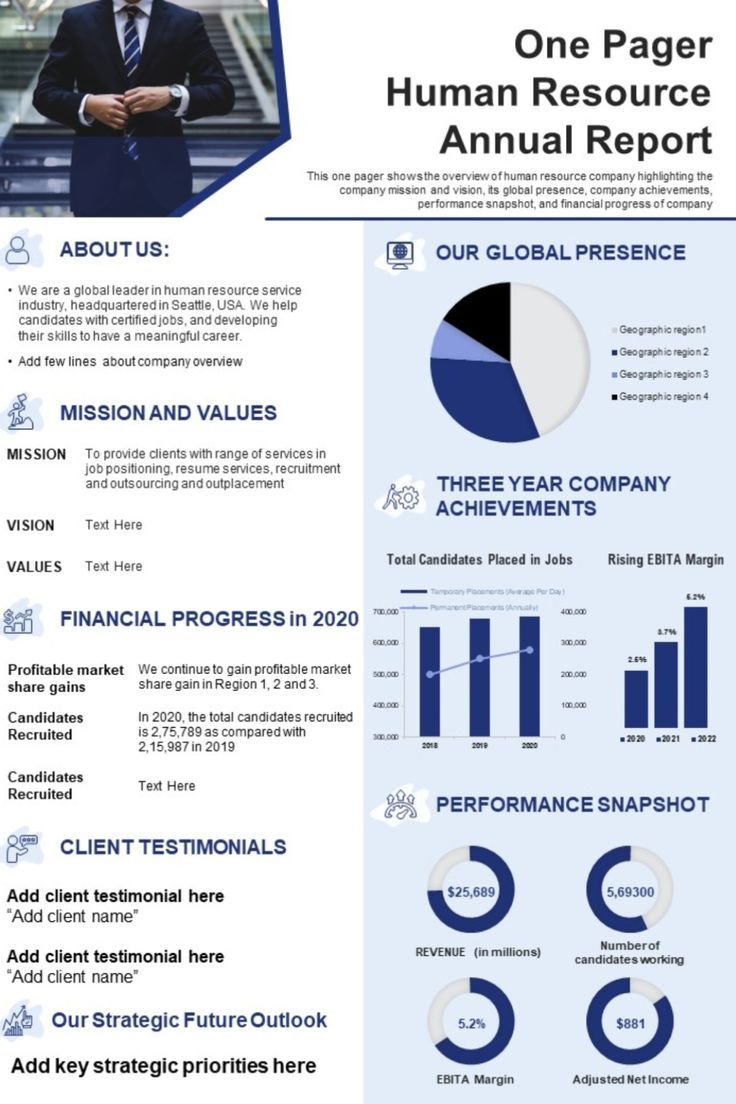Poor Email Etiquette Examples
The world of email communication, where a simple message can make or break a professional relationship. Despite its widespread use, many individuals still struggle with basic email etiquette, leading to misunderstandings, miscommunications, and even damaged reputations. In this article, we’ll delve into the most common poor email etiquette examples, providing expert insights and practical tips on how to avoid these pitfalls and master the art of effective email communication.
The Curious Case of the Missing Greeting
Imagine receiving an email that dives straight into the matter at hand, without so much as a hello or a greeting. This approach can come across as abrupt, even rude, and sets a negative tone for the rest of the email. A simple “Dear [Name]” or “Hello [Name]” can go a long way in establishing a positive and respectful tone.
A well-crafted greeting can make all the difference in an email. It's essential to address the recipient by their name, if possible, and use a formal title such as Mr., Ms., or Dr. if you're unsure of their preferred form of address.
The Overuse of Jargon and Technical Terms
Using technical terms or industry jargon without explaining them can lead to confusion and alienate the recipient. It’s essential to consider the audience and use clear, concise language that avoids ambiguity. Remember, the goal of an email is to communicate effectively, not to showcase one’s knowledge of technical terms.
Breaking Down Complex Concepts
- Identify the key concepts you want to convey
- Use simple, clear language to explain each concept
- Provide examples or analogies to illustrate complex ideas
- Use visual aids like diagrams or infographics to support your explanation
The Lengthy, Rambling Email
We’ve all received emails that seem to go on forever, filled with unnecessary details and tangential information. These emails can be overwhelming and may lead the recipient to skim or even ignore the message altogether. It’s crucial to keep emails concise, focusing on the essential information and using clear, concise language.
What's the ideal length for an email?
+The ideal length for an email varies depending on the context and purpose. However, as a general rule, aim for a length of around 100-150 words for routine emails and 200-250 words for more complex messages.
The Use of ALL CAPS and Excessive Punctuation
Using all capital letters or excessive punctuation can come across as shouting or aggressive, and may be perceived as unprofessional. It’s essential to use standard capitalization and punctuation rules to convey a sense of respect and courtesy.
The Impact of Tone on Email Communication
Positive Tone
A well-crafted tone can establish trust and build relationships
Negative Tone
A poorly crafted tone can lead to misunderstandings and damage relationships
The Failure to Proofread
Typos, grammatical errors, and formatting issues can make an email look careless and unprofessional. It’s essential to proofread emails carefully before hitting send, ensuring that the message is error-free and easy to read.
Proofreading is a crucial step in the email-writing process. Take the time to review your email for spelling, grammar, and punctuation errors, and make sure the formatting is clear and consistent.
In conclusion, poor email etiquette can have significant consequences, from damaging relationships to harming one’s professional reputation. By being aware of these common pitfalls and taking the time to craft well-written, considerate emails, individuals can master the art of effective email communication and build stronger, more positive relationships with their recipients.
As we move forward in the digital age, it’s essential to prioritize email etiquette and recognize the importance of clear, respectful communication in our personal and professional lives. By doing so, we can create a more positive and productive online environment, where effective communication is the norm, and misunderstandings are the exception.
Remember, the art of email etiquette is not just about following rules or guidelines; it’s about being considerate, respectful, and aware of the impact our words can have on others. By embracing this mindset and taking the time to craft thoughtful, well-written emails, we can build stronger relationships, establish trust, and achieve our goals with greater ease and effectiveness.

